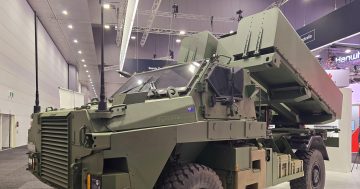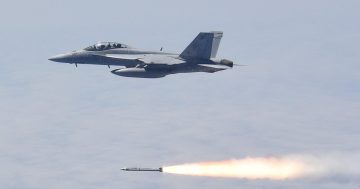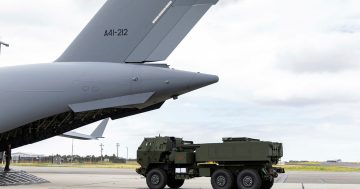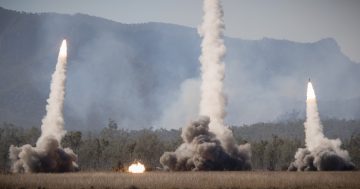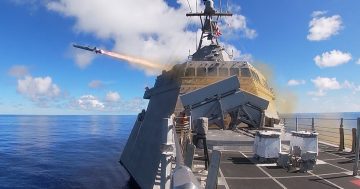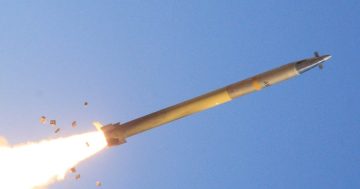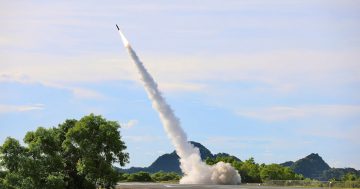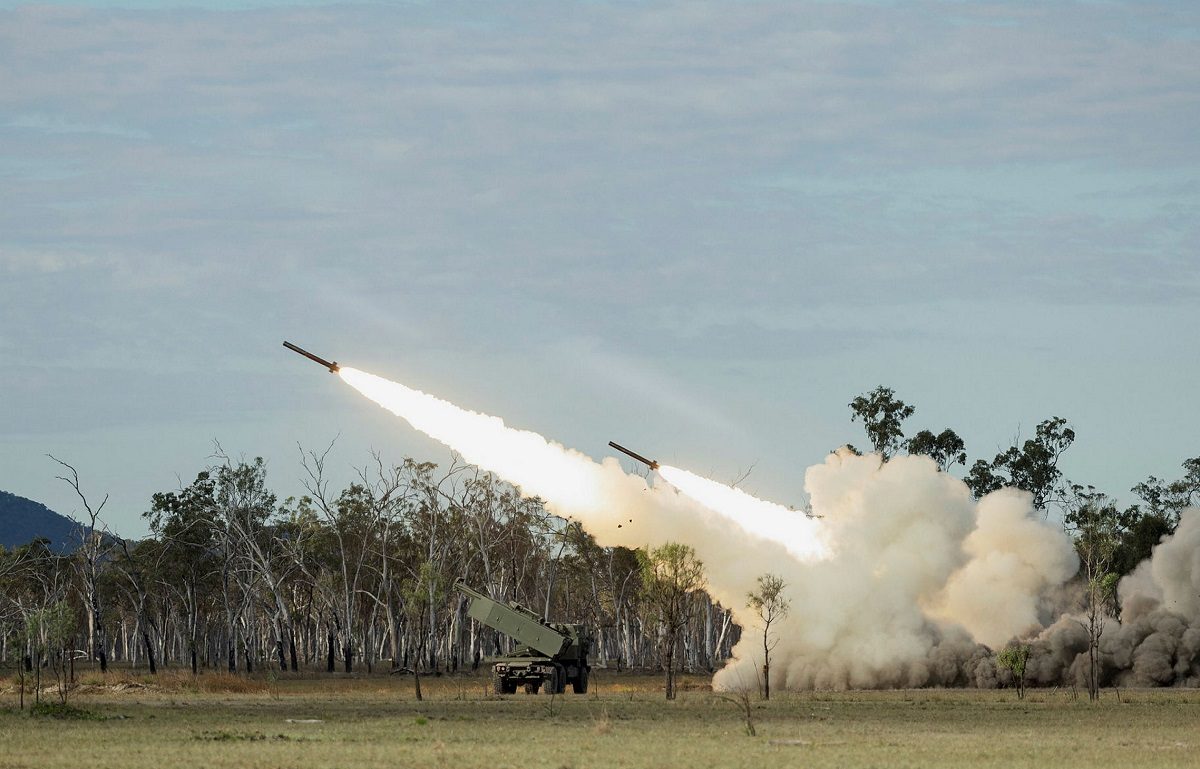
US Army HIMARS launch GMLRS rockets during the recent Exercise Talisman Sabre in Queensland. Photo: ADF.
The Australian Defence Force’s arsenal of long-range precision strike missiles will soon be bolstered by the acquisition of three systems for all three services – Army, Navy and Airforce.
As highlighted in April’s Defence Strategic Review (DSR), which called for an acceleration and expansion of the Australian Army’s plans to acquire the M142 HIMARS rocket artillery system, the government has announced it will more than double its planned buy of HIMARS systems from 20 to 42, and the number of missile rounds capable of being fired from the HIMARS.
In May 2022, the US Defense Security Cooperation Agency (DSCA) announced the US State Department had approved the sale of 20 M142 HIMARS launchers, 150 launcher pods with a mix of different Guided Multiple Launch Rocket Systems (GMLRS) rounds, and 10 M57 Army Tactical Missile System.
A new notification published on 18 August says a further sale had been approved, comprising 22 M142 systems and 190 additional launcher pods. Both announcements said each package would include practice pods, intercom systems, training, training systems and equipment, technical publications, and logistics support, while the latest package also includes an unknown number of M1084A2 Re-Supply Vehicles and associated equipment.
Curiously, despite the two HIMARS packages containing similar equipment and support systems, the DSCA estimates the cost of this latest package to be US$975 million (A$1.53 billion), some 2.5 times the cost of the US$385 million (A$603 million) package announced last year.
The GMLRS rockets are a key target for the government’s Sovereign Guided Weapons and Explosive Ordnance Enterprise, with plans to manufacture them locally currently in development and subject to US Congressional approval.
HIMARS is also the planned launch platform for the future 500 km+ range Precision Strike Missile for which Australia is a cooperative development partner with the US Army.
Staying with Army, the government confirmed the Rafael Spike LR2 anti-tank missile will be integrated with the new Boxer 8×8 Combat Reconnaissance Vehicles.
The Spike LR2 will be manufactured in Australia by Varley Rafael Australia, a joint venture between Israel’s Rafael and Varley Australia. The optically guided Spike LR2 has a range of about 5 km and is capable of destroying buildings and the most heavily armoured vehicles.
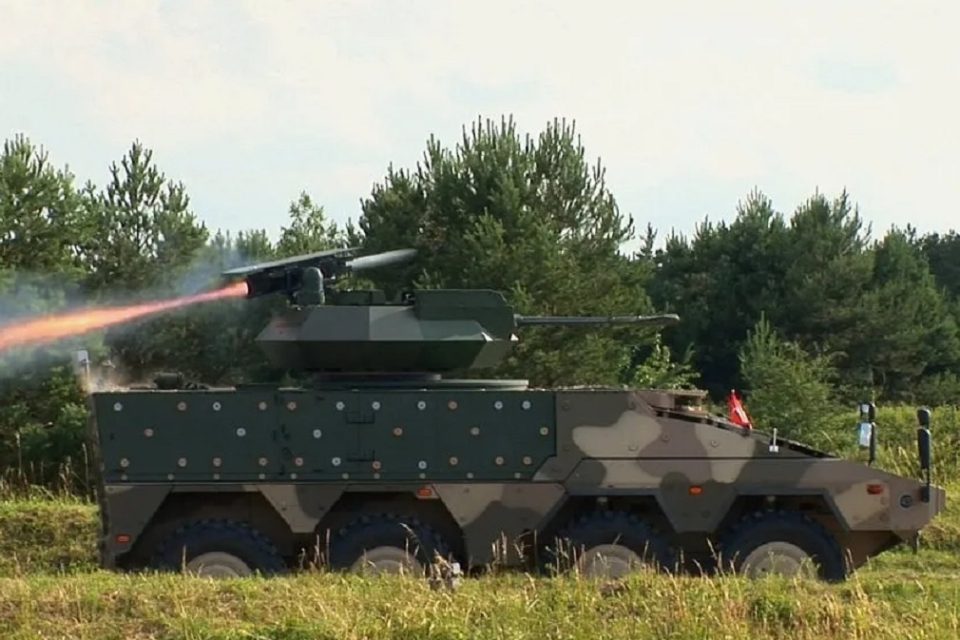
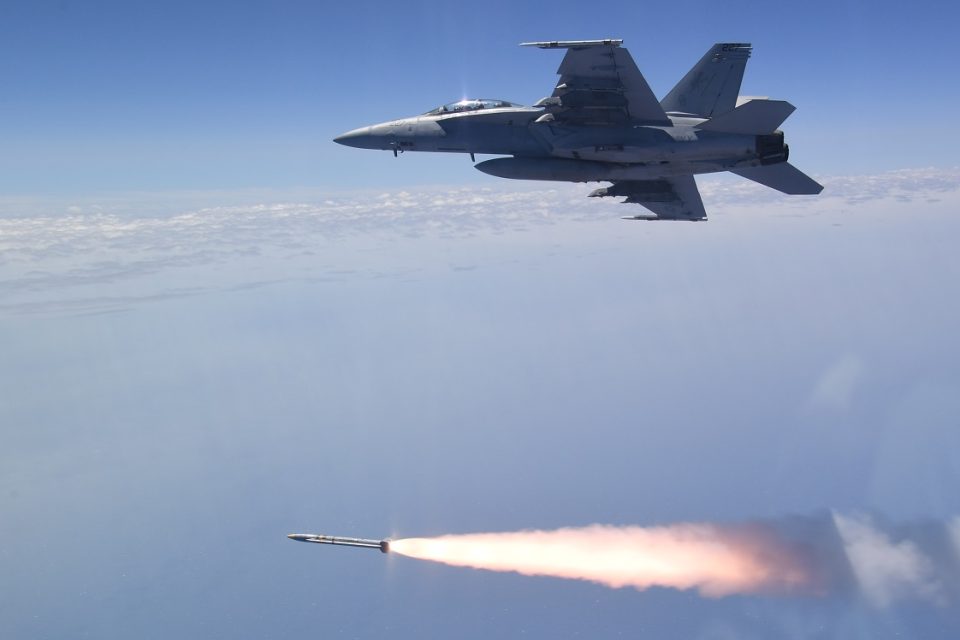
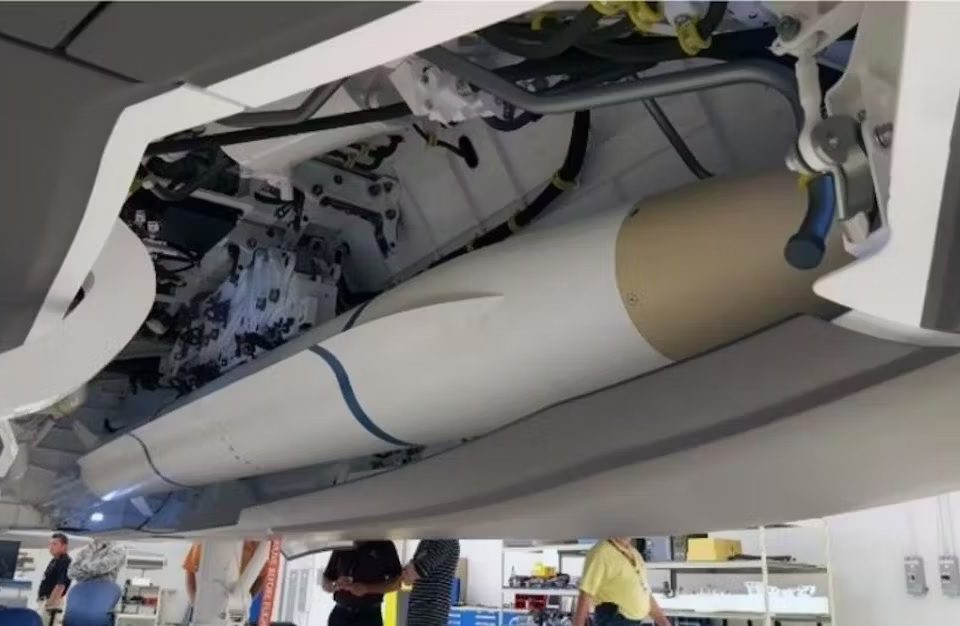
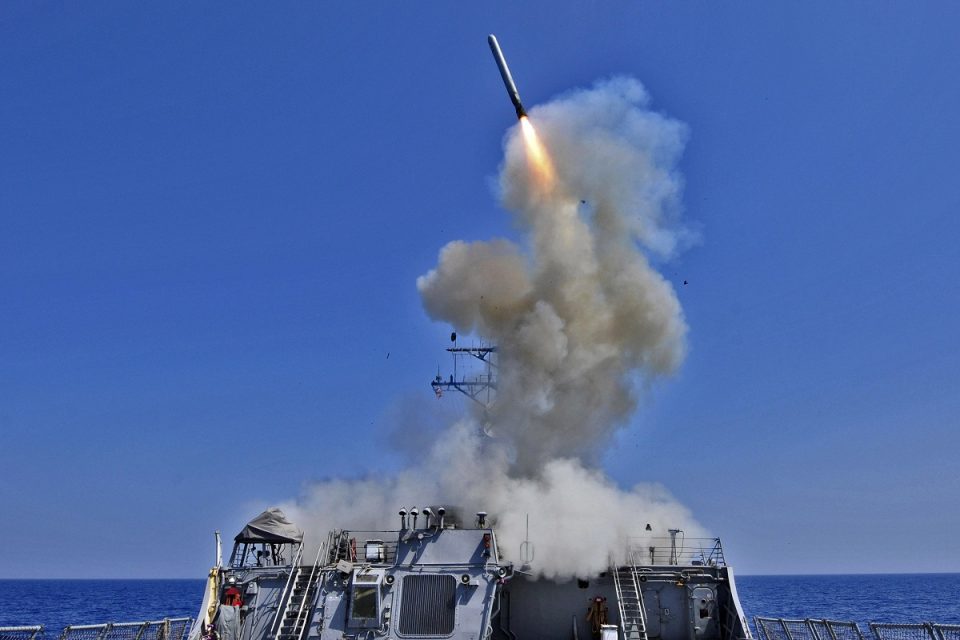
Defence will also acquire 60 rounds of the Northrop Grumman AGM-88G Advanced Anti-Radiation Guided Missile – Extended Range (AARGM-ER) missiles for the Royal Australian Air Force.
The AARGM-ER is an advanced version of the air-launched AGM-88D HARM and AGM-88E AARGM weapons already operated by the RAAF. It is capable of seeking out and destroying enemy air defence systems and other emitters, and features a new engine and an advanced aerodynamic body with chines that more than doubles its range compared to the previous versions.
The AARGM-ER will be employed by RAAF EA-18G Growler electronic attack aircraft and F/A18F Super Hornet fighters, and will be integrated with the F-35A Lightning as part of that aircraft’s planned Block 4 upgrade.
The AARGM-ER acquisition will cost $431 million, and was first flagged in a 27 February 2023 DSCA notification which also said the package would include a number of training and dummy missiles and training. Only the US Navy operates the AARGM-ER.
Also previously flagged by both sides of politics and approved in a 16 March 2023 DSCA notice, the government has confirmed it will acquire 200 RGM-109E Block IV/V Tomahawk cruise missiles for the Royal Australian Navy’s Hobart class destroyers at a cost of $1.3 billion.
The Tomahawk is launched vertically with the aid of a booster, then converts to horizontal flight using pop-out wings. Its GPS and terrain mapping guidance systems will allow it to strike larger fixed targets at ranges of about 1500 km. Only the US and UK operate the Tomahawk, from both surface ships and submarines.
“We are buying these weapons now to deliver capability quickly – but we are also considering options to manufacture missiles domestically because of the importance of building sovereign Australian defence manufacturing capabilities,” Minister for Defence Industry, Pat Conroy said in a 21 August announcement.
“As well as acquiring HIMARS from the US, the Government is taking important steps towards domestic missile manufacturing, aiming to both build up Australia’s defence industry, protect our supply chains and contribute to easing global demand.”
Original Article published by Andrew McLaughlin on Riotact.


